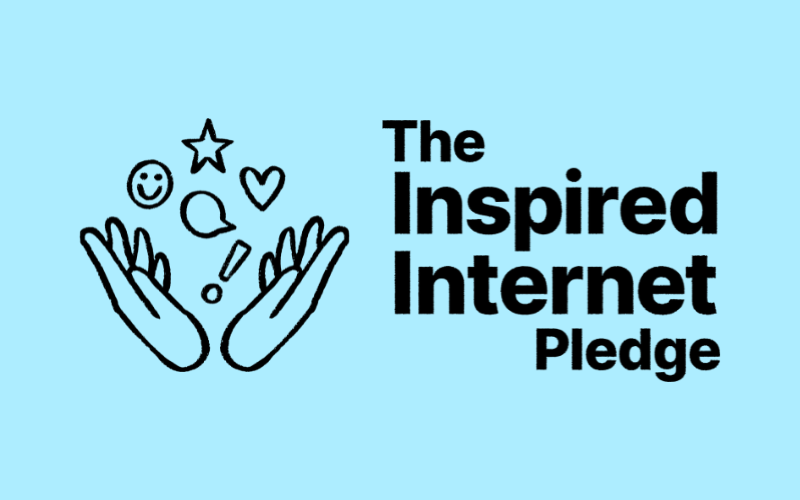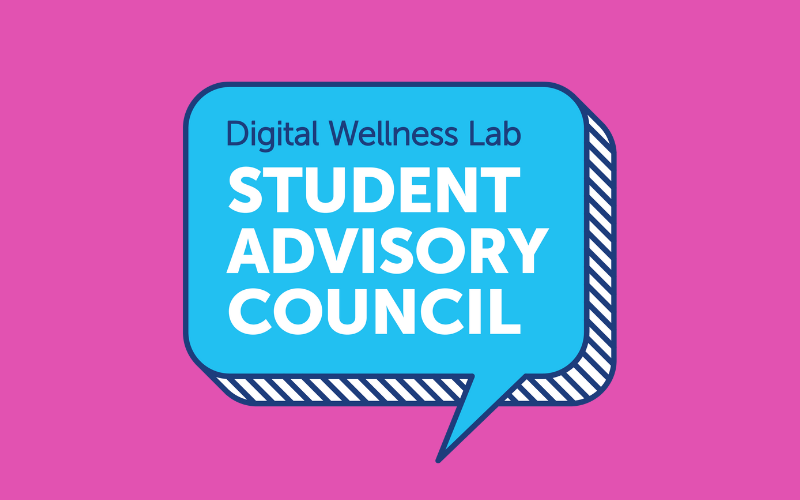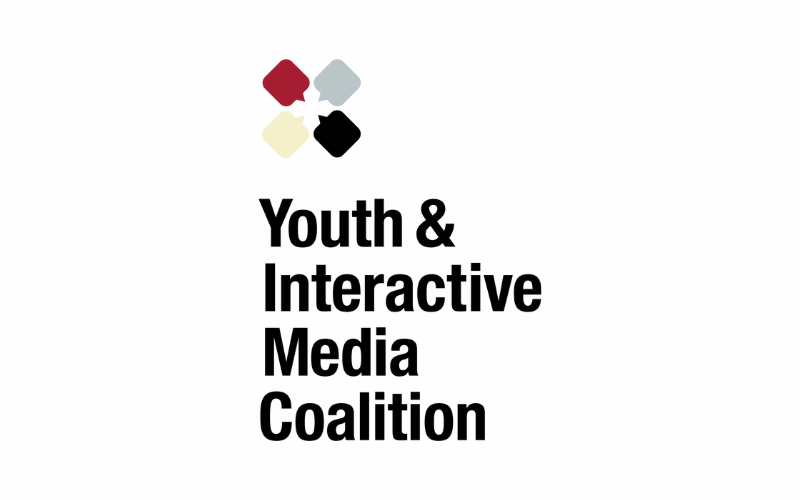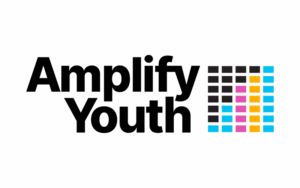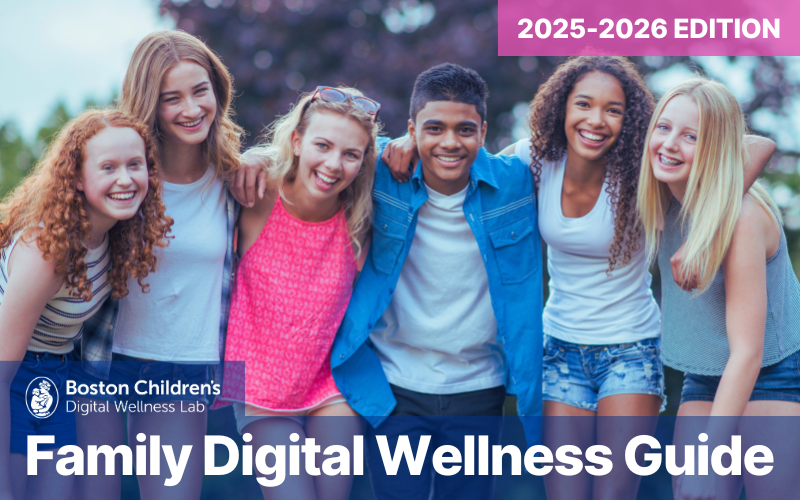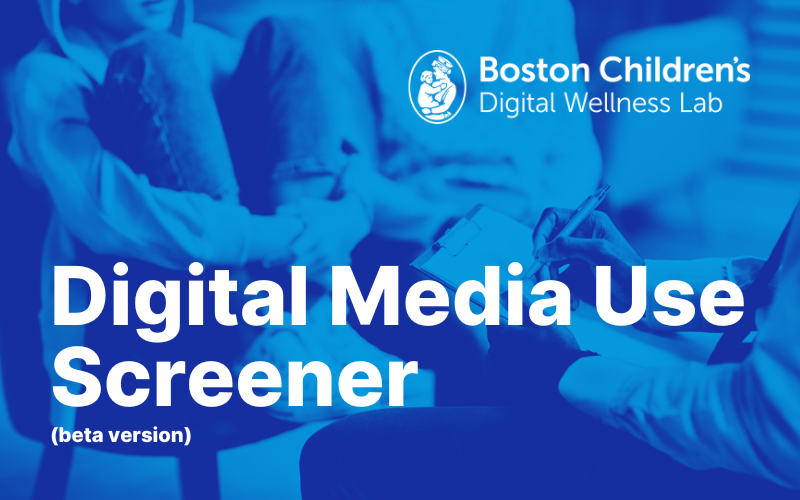Introduction: Understanding Digital Media Use in Adolescents
Young people today are digital natives, seamlessly integrating technology into their social interactions, education, and daily routines. While digital media can offer many benefits, it may also intersect with physical health, emotional wellbeing, and social development in ways that raise concerns.
However, parental and caregiver concerns about digital media use are often shaped by narratives that blame technology for negatively impacting youth. While digital platforms are designed to maximize engagement and do bear responsibility for fostering healthier digital environments, research suggests that the amount of time adolescents spend on screens is not inherently problematic, and negative effects may be driven more by individual susceptibilities (Valkenburg & Peter, 2013).
As a clinician, you know that adolescence is a time of increasing independence, identity exploration, and peer connection. The difference today is that much of this now takes place in digital spaces. As a result, behavioral shifts, such as testing parental limits or socializing with friends through gaming or social media, are often part of normal development, rather than a cause for concern. The key distinction is whether digital media use is interfering with essential aspects of daily life, such as social connections, family relationships, engagement in activities and personal interests, school attendance, academic performance, and sleep.
Expecting adolescents to self-regulate their screen time without guidance and modeling by adults is unrealistic. Without this support, young people may be more likely to engage in passive consumption rather than intentional use of digital media. This is why traditional screen-time recommendations—such as limiting daily use to a set number of hours—are no longer practical, as screens are now integral to education, communication, and entertainment. Instead of focusing on duration alone, it is more meaningful to assess how young people engage with digital media and its impact on their physical, mental, and social-emotional health and to offer strategies to support healthy, intentional digital habits.
Navigating today’s digital world requires a balanced, developmentally informed approach—one that prioritizes meaningful engagement over restriction and empowers adolescents with the tools to develop mindful media habits, set healthy boundaries, engage with content critically and creatively, and navigate digital spaces responsibly. Notably, young people themselves are increasingly looking to parents, caregivers, and educators for guidance on how to integrate technology into their lives in ways that enhance their wellbeing.
When Digital Media Use Becomes Disruptive
Excessive or dysregulated digital media use is a pattern that can interfere with key areas of daily life. Disruptive media use can manifest in ways such as:
- Sleep disruption due to late-night screen use
- Increased family conflict around screen time
- Social difficulties, such as preferring online interactions over in-person relationships
- Decreased interest in offline activities or hobbies
- Academic struggles related to distracted learning or media overuse
If digital media use appears to be disruptive, it often reflects or amplifies challenges such as mental health conditions (e.g. anxiety, depression, autism, ADHD), or issues with broader family and social dynamics. (In one study, 39% of adolescents with ADHD also had smartphone “addiction”.) It is essential to address these concerns before attempting to modify media habits.
Why We Created the Digital Media Use Screener
The Digital Wellness Lab’s Digital Media Use Screener is designed to provide a structured framework to help clinicians assess the impact of digital media use across five key functional areas: sleep, family relationships, social interactions, academics, and extracurricular engagement. By identifying patterns, clinicians can provide tailored, evidence-based guidance that promotes digital wellbeing—shifting the conversation from time limits to the quality and effects of online engagement—and providing parents and caregivers with actionable strategies for fostering digital wellness in their homes.
As a beta version, this screener—and suggested interventions and strategies—will continue to be refined through ongoing research. However, given the increasing demand from clinicians for better tools to support young people and their families, we are making it available now to provide immediate insights and support.
Administering the Digital Media Use Screener
When to Administer the Screener
Given the increasing role of digital media in adolescent lives, routine screening allows clinicians to proactively identify any potential concerns and provide actionable guidance. The Digital Media Use Screener should be administered as part of the well-child exam for adolescents aged 12-17. It may also be utilized when a parent/caregiver or adolescent expresses concern about media use or when there are signs of difficulties in their daily life.
The screener consists of two key sections:
- Assessing Basic Functioning in five domains (questions 1-5):
- Sleep
- Family Functioning
- Friends/Social Functioning
- Interests/Activities
- Academics
- Examining the Impact of Digital Media Use on the five basic functioning domains (questions 6-11).
Suggested Approach
- Contextualize the screener: Explain to the patient and their caregiver that this tool is designed to help identify how digital media use may be affecting their daily life.
- Pair with other assessments: Use alongside HEADSS or similar social, environmental, and emotional health assessments to identify social determinants of health.
- Consider mental health conditions: Patients with ADHD, social anxiety, autism or depression (A-SAD) are much more likely to experience functioning problems related to their digital media use. It is especially important to evaluate the media use of these patients, as digital engagement may both reflect and contribute to their challenges.
- Provide support: With an understanding of the role digital media plays in basic functioning, identify areas for intervention and suggest strategies for healthy digital media use.
Scoring and Interpretation
The scoring system provides a framework for determining the level of concern and guiding appropriate next steps, from reinforcing healthy habits to identifying areas where additional support may be needed.
- Minimal concern (no “D” or “E” responses in either section): If responses indicate digital media use is not significantly impairing daily functioning, reassure the parent/caregiver and reinforce healthy, intentional digital habits.
- Potential concern (one or more “D” responses in both sections): If responses suggest digital media is impacting some areas of basic functioning, explore contributing factors and discuss digital wellness strategies.
- Significant concern (one or more “E” responses in both sections): If digital media use appears to be a primary contributor to impairment in key areas of daily life, consider further assessment for underlying mental health conditions and family/social stressors that may be influencing digital media use and overall functioning.
Next Steps
- Assess for A-SAD among youth with significant concern and ensure any existing conditions are treated with a lens toward the patient’s digital media use.
- Provide guidance on digital wellness strategies tailored to the adolescent’s challenges, considering family dynamics and opportunities for collaborative solutions (See Resources below).
- If problematic media use appears linked to an untreated mental health concern, prioritize addressing the underlying issue.
- If concerns persist, refer to a specialist, such as the Clinic for Interaction Media and Internet Disorders (CIMAID) at Boston Children’s Hospital, for further evaluation.
For questions or referral: Contact cimaid@childrens.harvard.edu.
Digital Wellness Resources
Family Digital Wellness Guide
A resource to help families establish healthy digital habits across developmental stages from birth through young adulthood.
Family Digital Wellness Guide →
The 5 M’s of Digital Wellness
A framework to help parents and caregivers teach healthy digital habits:
- Model: Demonstrate mindful media use.
- Mentor: Guide children in making responsible digital choices.
- Monitor: Set appropriate boundaries and check-ins.
- Mastery: Help children develop skills to self-regulate their media use.
- Meaning: Encourage digital activities that add value to their lives.
Conclusion: Digital Wellness in Practice
This screener is designed to support clinicians in identifying how digital media use may be affecting adolescents and to equip families with strategies to foster a healthy relationship with technology. By focusing on what children are doing on their devices rather than just how long they are using them, clinicians can provide more effective, personalized guidance.
By integrating the Digital Media Use Screener into clinical practice, we can help adolescents and their families navigate digital life in a way that supports their overall health and wellbeing. For questions or referrals, please email the Digital Wellness Lab at dwl@childrens.harvard.edu
Download Screener


